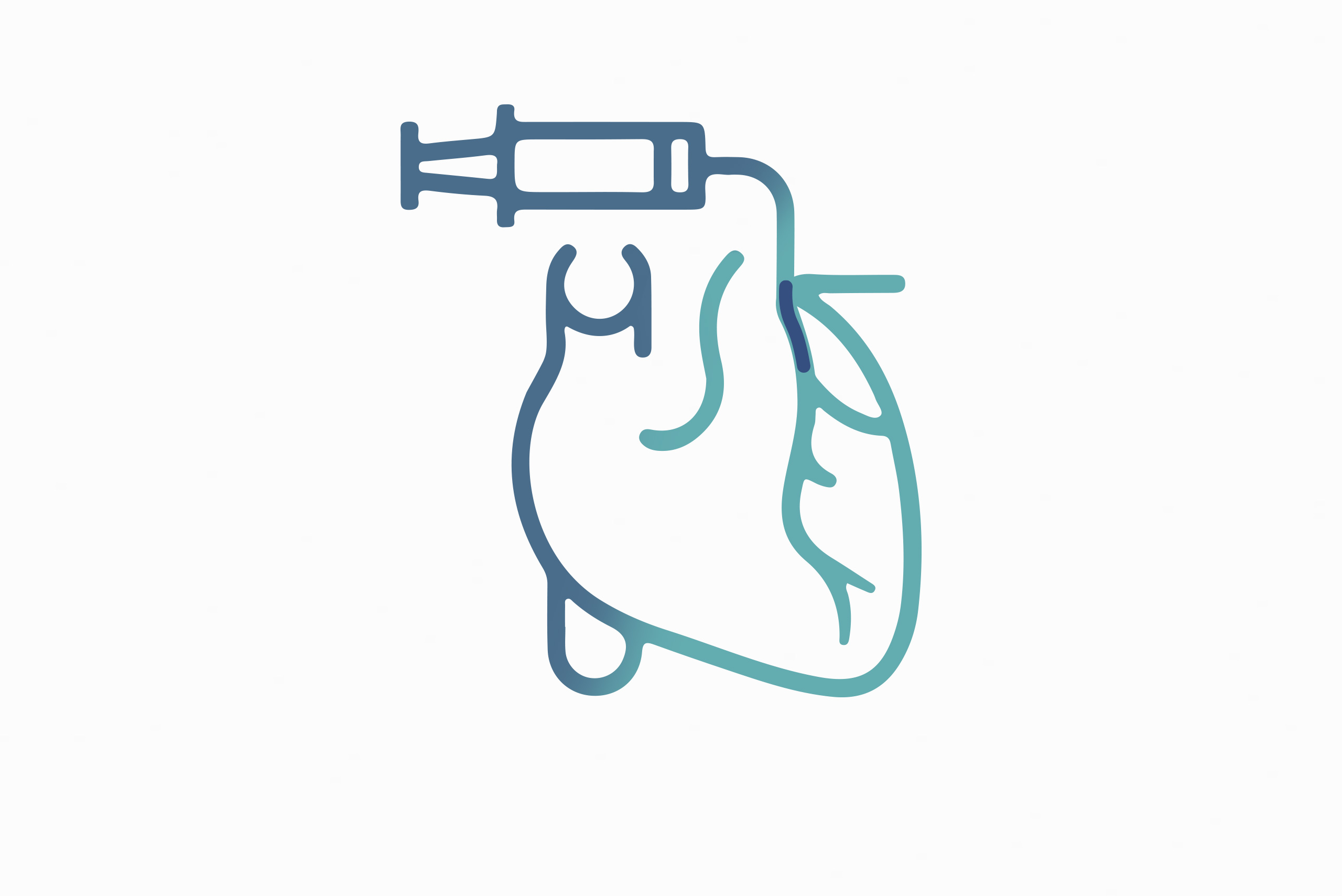Cardiac Support
Physicians use percutaneous ventricular assist devices (pVADs) to temporarily support patients through periods of hemodynamic instability. Ventricular assist devices provide temporary cardiac support to cardiogenic shock patients and to patients undergoing high-risk coronary procedures (high-risk PCI). Mechanical pVAD support aims to ensure adequate systemic blood flow while unloading the heart.
Cardiac Support
Ventricular Support
Physicians use mechanical ventricular assist devices to support patients through periods of hemodynamic instability. Ventricular assist devices used for short-term support are usually brought into the patient through minimally invasive methods, mostly by accessing blood vessels in the groin (percutaneous delivery). In particular, these catheter-based devices are used in cardiogenic shock patients and patients undergoing high-risk cardiac or coronary procedures (high-risk PCI).
Cardiogenic Shock
Cardiogenic shock is a medical emergency characterized by the inability of the heart to pump sufficient blood volume for adequate organ and tissue perfusion. Cardiogenic shock carries a dire prognosis with a high in-hospital mortality. Ventricular assist devices are used to support the heart in cardiogenic shock patients, with the aim of unloading the heart while ensuring adequate blood supply to vital organs.
High Risk PCI
Percutaneous coronary procedures allow the minimally invasive treatment of coronary artery disease. These procedures are a mainstay of interventional cardiology and usually uneventful. However, some procedures carry an elevated risk either due to the physiological or anatomical condition of the patient, or the complexity of a particular procedure, and are deemed high-risk procedures (high-risk PCI). Percutaneous ventricular assist devices (pVADs) are used to stabilize hemodynamics and protect patients throughout high-risk PCI.


